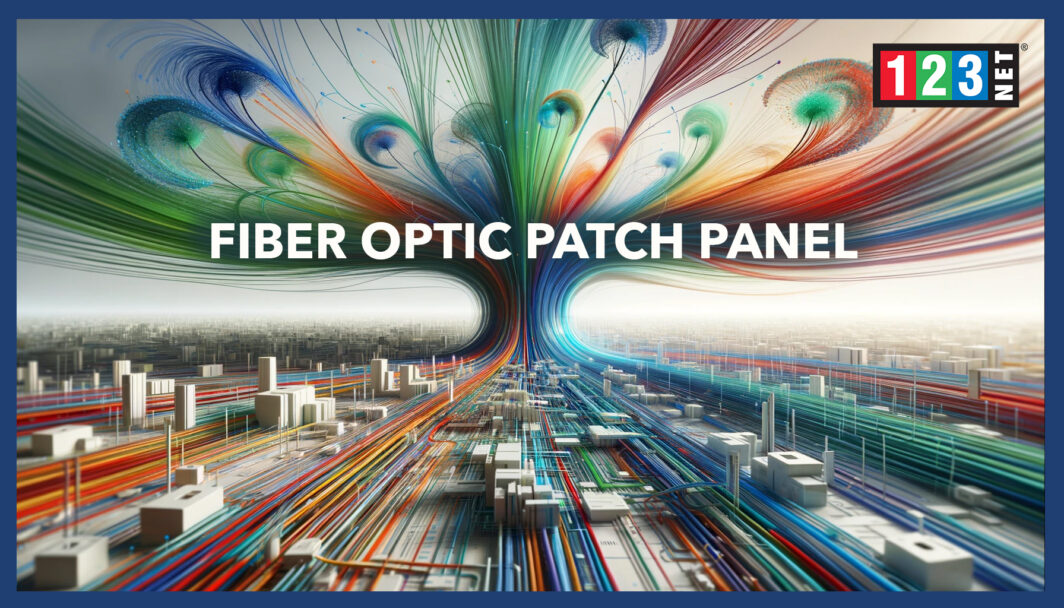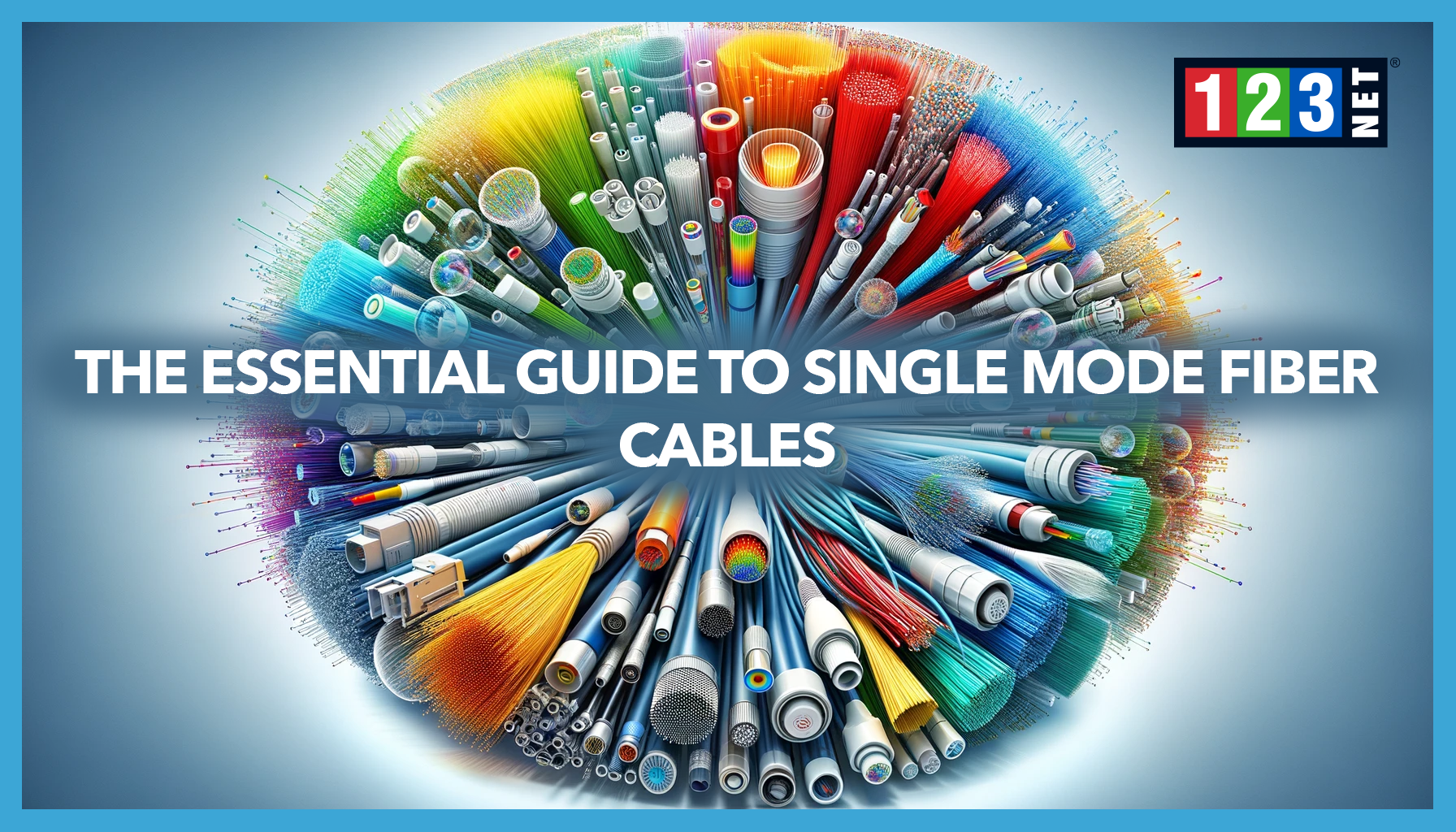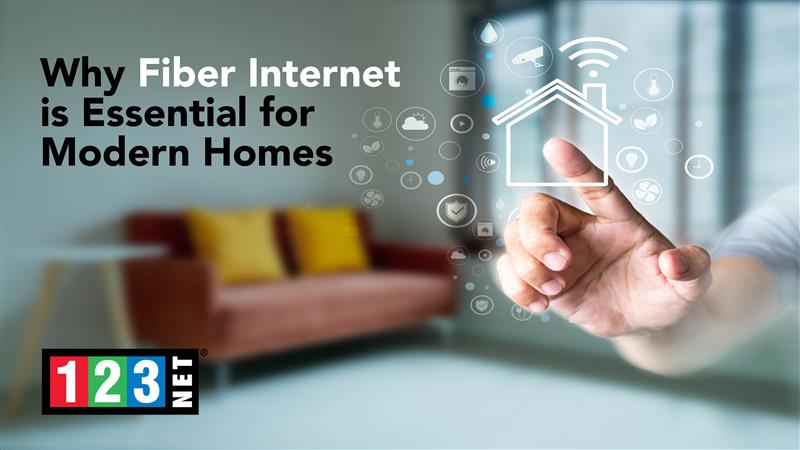
Introduction
Optical fiber technology fundamentally transforms the telecommunications landscape by enabling rapid data transmission over extensive distances with negligible loss. Central to incorporating this advanced technology into network systems is the fiber optic patch panel, a crucial device for organizing cables and ensuring flawless connectivity. The significance of fiber optic patch panels extends beyond mere physical organization; they are pivotal in optimizing the performance of telecommunications networks.
This article delves into the essential aspects of fiber optic patch panels, including their distinctive features, the advantages they offer, how to select the appropriate panel for specific network requirements, and the best practices for their installation and upkeep. By examining these elements, we aim to highlight the indispensable role of fiber optic patch panels in modern telecommunications, demonstrating how they contribute to the efficient management and robust performance of network infrastructures. Through this exploration, the article underscores the importance of these panels in achieving and maintaining high standards of data transmission and network reliability.
What is a Fiber Optic Patch Panel?
The fiber optic patch panel is crucial in the management and organization of a network’s optical cables, serving as its operational hub. It resembles a switchboard, orchestrating the connections between incoming and outgoing optical fibers, thus streamlining the signal routing process through different segments of the network. These panels are designed to be versatile, offered in both wall-mounted and rack-mounted configurations, which allows them to integrate seamlessly into various spatial constraints and setups. They are engineered to support both single-mode and multimode fibers, catering to the broad spectrum of networking demands. This adaptability is key in modern network infrastructures, where the need for flexibility and scalability is paramount.
By accommodating a wide range of fiber types, patch panels ensure that networks can efficiently handle diverse data transmission requirements. This capability is indispensable in today’s rapidly evolving technological landscape, making fiber optic patch panels a foundational component in ensuring the robustness and efficiency of network operations. Their role in facilitating precise and reliable connectivity underscores their importance in the architecture of modern telecommunications systems.
Key Features of Fiber Optic Patch Panels
Fiber optic patch panels are distinguished by their exceptional high-density port configurations, a design that facilitates the accommodation of numerous connections within a remarkably compact area. This characteristic is particularly invaluable in environments such as data centers and telecommunications rooms, where the efficient utilization of space is a paramount concern. The compact nature of these panels does not compromise their functionality; instead, it enhances the ability to manage and organize a vast network of optical fibers in a streamlined manner.
Moreover, the scalability offered by fiber optic patch panels is a critical feature, empowering network administrators with the capability to adapt and expand their networks according to the changing demands and growth of their organizations. This scalability is instrumental in future-proofing network infrastructures, ensuring that they can evolve without the need for complete overhauls, thus saving time and resources.
The design of fiber optic patch panels emphasizes durability, protecting the delicate optical fibers they house from physical damage. This protection is crucial for maintaining uninterrupted signal integrity, a fundamental requirement for the reliable transmission of data over long distances. The robust construction of these panels ensures that they can withstand the rigors of operation in challenging environments, contributing to the longevity and reliability of the network infrastructure.
Additionally, the modular nature of fiber optic patch panels underscores their versatility and adaptability. This modularity allows for easy reconfiguration and upgrades of the network, accommodating new technologies and increasing capacities as needed. It enables network architects and engineers to tailor their infrastructures to meet specific requirements and to respond swiftly to technological advancements and market trends.
In essence, the high-density port configurations, scalability, durability, and modularity of fiber optic patch panels make them indispensable tools in the management of modern telecommunications networks. Providing a solid foundation for high-performance networking, ensuring that infrastructures can efficiently handle the data demands of today while preparing for the challenges of tomorrow.
Benefits of Using Fiber Optic Patch Panels
Fiber optic patch panels reduce clutter and improve cable organization, transforming network cable management. Streamlining enhances network aesthetics, operations, and simplifies connection management, aiding maintenance and modifications efficiently. Fiber optic panels enable precise fiber routing, optimizing network performance crucial for integrity and speed. Their organization minimizes signal loss, boosting network reliability and speed.
Furthermore, the structured approach to cable management afforded by fiber optic patch panels simplifies the processes of maintenance and troubleshooting. Network technicians can quickly identify and resolve issues, thanks to the orderly arrangement of connections, which allows for easy pinpointing of problem areas. This efficiency in addressing network concerns not only reduces downtime but also contributes to maintaining consistent network availability. The ability to swiftly rectify issues ensures that networks remain operational, meeting the demands of users and applications without significant interruption.
How to Choose the Right Fiber Optic Patch Panel
Choosing the right fiber optic patch panel is a critical decision that requires careful consideration of several key factors. First and foremost, assessing the panel’s capacity is essential; it must have enough ports to accommodate the current network setup while also providing room for growth, reflecting its scalability. This foresight enables the network to expand seamlessly, accommodating additional connections without the need for immediate replacement or extensive reconfiguration.
Compatibility is another crucial aspect. The selected panel must support the types of fibers used within the network, whether adaptable single-mode or multimode. This compatibility ensures that the panel can integrate smoothly with the existing network infrastructure and facilitating efficient signal transmission
Moreover, adherence to quality standards and compliance with industry regulations cannot be overstated. A panel that meets these criteria guarantees that it has been rigorously tested for performance and safety. High-quality panels reduce the risk of network failures and ensure consistent, high-performance operation.
Installation Guidelines for Fiber Optic Patch Panels
The installation of patch panels is a detailed and precise process that necessitates thoughtful preparation to ensure the network operates. One of the initial steps in this process is the selection of a suitable location for the panel. This decision is critical as it affects not only the day-to-day operations but also the long-term maintenance. The chosen spot must offer easy access for technicians for regular maintenance and potential upgrades. While being situated in an environment that minimizes exposure to potential hazards that could compromise the panel’s functionality.
Once a location is determined, the next phase involves the secure mounting of the panel. This step is crucial to prevent any physical instability that could lead to connectivity issues or damage. Following the mounting, the meticulous task of routing and connecting the optical fibers begins. This requires precision to ensure that the fibers are neither bent beyond their minimum bend radius nor stressed.
Effective cable management is another cornerstone of the installation process. It not only maintains a neat and organized space but also facilitates future troubleshooting and expansion. Implementing robust cable management practices helps in avoiding tangled wires, which can be a significant source of frustration.
Adherence to best practices and safety protocols throughout the installation process cannot be overstated. This includes wearing appropriate protective gear, using the right tools for the job, and following industry guidelines. Such measures are indispensable for safeguarding the technicians performing the work and for protecting the network’s infrastructure from inadvertent damage. Network administrators can ensure a reliable, high-performing network that meets both current and future demands.
Maintenance and Troubleshooting
Ongoing maintenance of fiber optic patch panels is a cornerstone of ensuring that a network remains at peak performance levels. Regular inspections identify physical damages, manage dust accumulation, and prevent signal transmission issues, ensuring optimal network performance.
Another critical aspect covered during these inspections is the verification and correction of labeling inaccuracies. Proper labeling is not merely a matter of administrative convenience; it is integral to the efficient operation of the network. Accurate labeling helps technicians quickly identify connections, aiding in efficient troubleshooting and network modifications or upgrades. This level of organization significantly enhances the ability to manage the network’s physical infrastructure effectively.
Adopting a systematic approach to diagnosing and resolving issues such as connectivity problems or signal loss is imperative. This approach starts with simple checks, like loose connections, and progresses to complex diagnostics with specialized equipment for network faults. Such a structured approach is instrumental in addressing issues promptly and efficiently, minimizing the downtime and ensuring the network’s reliability.
Furthermore, the maintenance process should include the use of appropriate cleaning tools and techniques for optical connectors and ports. Regular cleaning of optical fibers, following manufacturer guidelines and best practices, is crucial to prevent signal degradation and maintain clarity.
Training and awareness among the maintenance staff are also vital components of a robust maintenance strategy. Keeping personnel updated on fiber optic maintenance tools and practices greatly enhances maintenance effectiveness. This includes understanding the nuances of different types of fibers, connectors, and the specific requirements of the network’s hardware.
Conclusion
Fiber optic patch panels are crucial in modern network infrastructures, improving cable management, scalability, and overall performance. They ensure optical fibers are organize, neatly store, and accessible for maintenance or adjustments, essential for a tidy, functional network.
The scalability afforded by fiber optic patch panels is particularly noteworthy. They allow networks to expand and meet growing data needs without major overhauls, offering a cost-effective expansion solution. Their adaptability keeps networks in sync with technology and business changes, ensuring a durable data transmission backbone.
Moreover, the role of fiber optic patch panels in enhancing that the network cannot be overstate the performance. Clean, orderly panels reduce signal loss, enhancing efficient, reliable data transfer across the network.
For network administrators, a deep understanding of the features, benefits, and maintenance requirements of fiber optic patch panels is essential. This knowledge ensures effective tool use, maintaining a robust, agile network that reliably supports high-speed data transmission.




